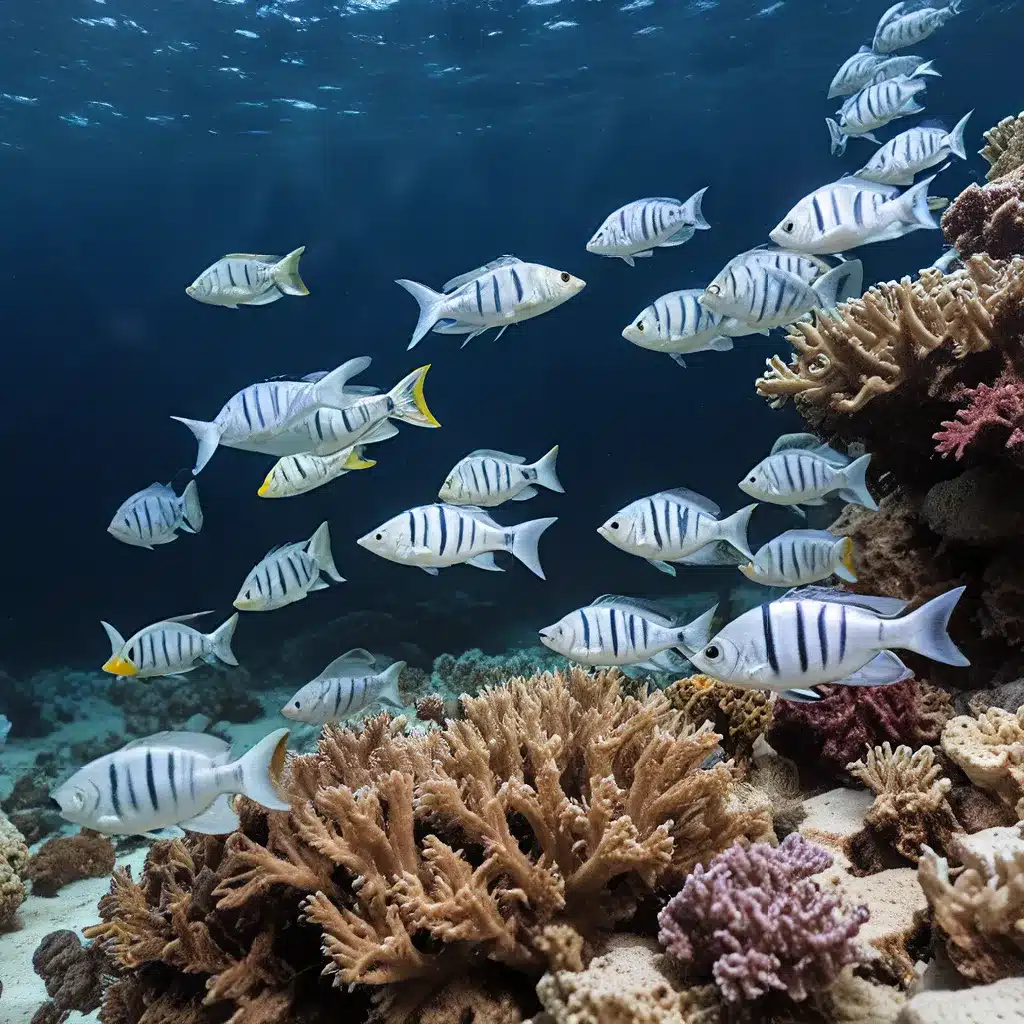
The Rewards and Challenges of Breeding Marine Fish
Breeding marine fish can be a highly rewarding yet complex endeavor for aquarium enthusiasts. Unlike their freshwater counterparts, saltwater fish often have unique reproductive requirements and delicate environmental needs that must be carefully managed. Successful marine fish breeding not only allows hobbyists to propagate their favorite species but also contributes to the conservation of threatened or endangered populations.
To navigate the intricacies of marine fish breeding, aquarists must develop a deep understanding of species-specific behaviors, water parameters, and reproductive triggers. This comprehensive guide will explore the nuanced considerations, expert techniques, and potential pitfalls encountered when delving into the world of marine fish propagation.
Laying the Groundwork: Selecting Broodstock and Conditioning
The foundation for successful marine fish breeding begins with the selection and care of broodstock – the adult fish that will be the parents of the next generation. Choosing the right broodstock is crucial, as their genetic makeup, health, and spawning readiness will directly impact the viability and quality of the offspring.
When selecting broodstock, hobbyists should prioritize fish that display robust health, vibrant coloration, and natural spawning behaviors. It’s essential to acquire specimens from reputable sources, such as King Aquarium, to ensure they are disease-free and acclimated to captive conditions.
Once the broodstock is established, the focus shifts to conditioning the fish for spawning. This process involves carefully manipulating environmental factors, such as water temperature, pH, and lighting, to mimic the natural seasonal cues that trigger breeding. Proper conditioning can significantly increase the chances of successful spawning and egg fertilization.
Spawning Behaviors and Egg Care
Each marine fish species has its own unique spawning behaviors and reproductive strategies. Some species, such as clownfish, are pair spawners, while others, like damselfishes, exhibit group spawning behaviors. Understanding these nuances is crucial for creating the appropriate conditions to induce spawning.
During the spawning process, the aquarist must closely monitor the fish and ensure the availability of suitable spawning substrates or surfaces. Depending on the species, eggs may be deposited on rocks, corals, or even the aquarium glass. Proper handling and incubation of the eggs are essential to maximize hatching success.
Larval Rearing and Juvenile Care
The most challenging and delicate stage of marine fish breeding is the larval rearing phase. Newly hatched larvae are often fragile and have specific nutritional requirements that must be meticulously met to ensure their survival and development.
Aquarists may need to culture live foods, such as rotifers and brine shrimp, to provide the necessary sustenance for the larvae. Additionally, maintaining optimal water quality, temperature, and lighting conditions is crucial during this critical stage.
As the larvae grow and transition into juveniles, the caretaker’s focus shifts to providing appropriate hiding spots, gradual weaning onto prepared foods, and managing water parameters to support the young fish’s development.
Considerations for Sustainable Aquascaping
Successful marine fish breeding not only involves the propagation of the species but also the creation of a thriving aquatic ecosystem to support the captive population. Aquascaping, the art of designing and arranging aquatic plants and hardscapes, plays a vital role in creating a naturalistic environment that caters to the needs of the fish and their offspring.
Sustainable aquascaping techniques, such as the use of live rock, natural substrate, and carefully selected plants, can help maintain water quality, provide hiding spots, and mimic the fish’s native habitat. By incorporating these elements, aquarists can create a self-sustaining system that reduces the need for frequent water changes and other intensive maintenance tasks.
Advanced Filtration and Water Management
Maintaining optimal water quality is a fundamental aspect of successful marine fish breeding and propagation. The intricate balance of dissolved nutrients, pH, and temperature must be closely monitored and adjusted to ensure the health and well-being of the fish and their offspring.
Incorporating advanced filtration systems, such as protein skimmers, ozone generators, and UV sterilizers, can greatly improve water quality and help manage the increased biological load associated with breeding activities. Additionally, regular water testing and partial water changes are essential to maintain the delicate chemical balance required for marine life.
Conclusion: Embracing the Challenges, Celebrating the Rewards
Breeding marine fish is a captivating and rewarding endeavor that requires a deep understanding of species-specific care, aquascaping techniques, and water management strategies. While the process can be complex and demanding, the sense of accomplishment and contribution to marine conservation can be truly fulfilling for aquarium enthusiasts.
By embracing the challenges and applying the insights shared in this comprehensive guide, aquarists can embark on their journey of marine fish breeding with confidence, ultimately cultivating thriving and sustainable aquatic environments. Remember, the key to success lies in continuous learning, patience, and a genuine passion for the aquatic world.

